The Other Side of AI-Driven Efficiency
![]() 08/12 2025
08/12 2025
![]() 641
641
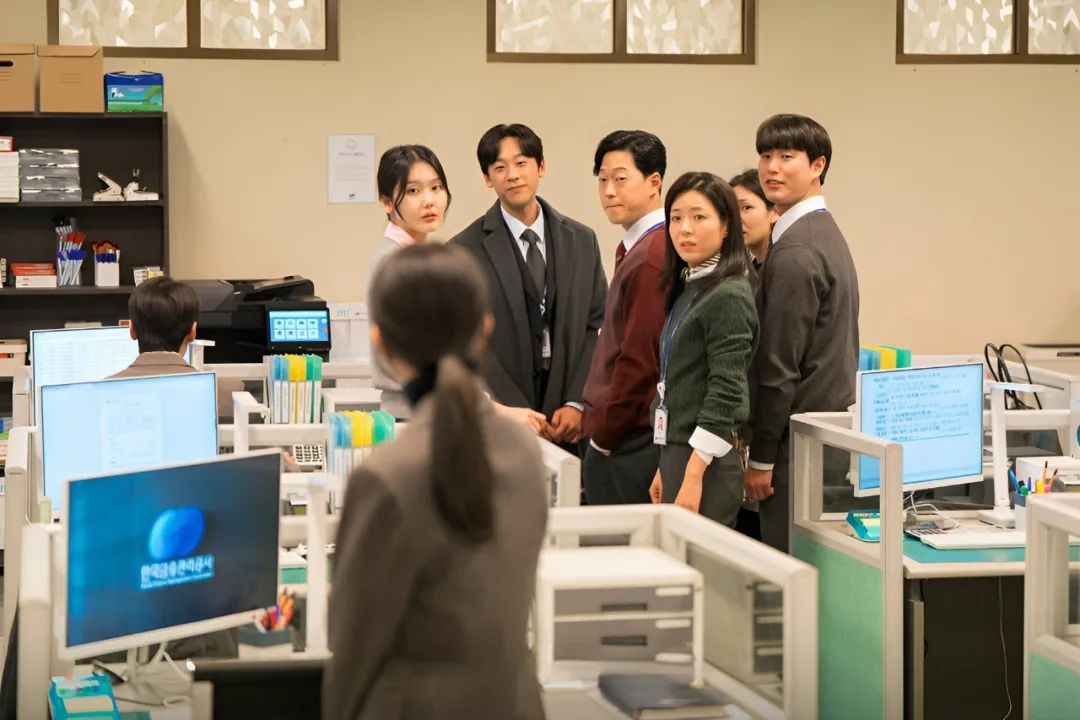
Editor|Sun Jing
Following the success of Deepseek, AI became synonymous with "efficiency enhancement" for a period.
Tasks such as writing weekly reports, revising copy, and organizing meeting minutes can now be completed in minutes, fostering the belief that AI has made work easier.
However, as AI reshapes workflows across various industries and job roles, new challenges have emerged: increased workload, faster pace, and less leisure time.
A recent study by the National Bureau of Economic Research (NBER) reveals that for every percentile increase in exposure to generative AI since the launch of ChatGPT, practitioners' weekly working hours increase by 0.063 hours, while leisure time decreases by 0.064 hours. In other words, the more prevalent AI becomes, the busier workers get. For those highly exposed to AI, the average weekly working hours increase by 3.15 hours.
Faster does not equate to easier.
Instead, it traps more people in an endless "acceleration race": project cycles are shortened, standards are raised, competition intensifies, and breathing space diminishes.
From seasoned professionals to small and medium enterprise owners, no one is spared by the AI wave. Some rely on AI for efficiency but end up working more overtime, while others are forced to become the "sandwich layer," cleaning up AI's "mess," or accelerating in the "use AI or die" jungle.
While countless companies have successfully used AI to reduce costs and increase efficiency, what's more discouraging is that, according to the aforementioned study, AI's current impact on salaries is negligible.
"NoNoise" recently interviewed practitioners from industries heavily influenced by generative AI, documenting their true workplace situations in the AI era: navigating and reconciling oneself amidst an accelerating pace.
Middle Management: Cleaning Up AI's Mess
When an advertising poster suddenly featured a "lady with six fingers," Leon, exhausted, lamented, "There can be no upper limit, but there must be a lower limit."
Leon, 38, is a mid-level backbone at a 4A advertising company. For over a decade, he has thrived on creativity and aesthetics, but now he finds himself cleaning up AI's "mess."
The efficiency revolution brought by AI is indeed impressive. What once took designers days to complete can now be generated by AI in minutes, producing hundreds of visuals. Consequently, waves of layoffs ensued, with some design positions halved. Small companies simply relied on AI to churn out volume, resulting in deformed fingers, distorted fonts, and logically chaotic copy boldly appearing on billboards.

▲ An AI-designed ad character with six fingers. Source: Beijing Daily
While large companies can uphold basic aesthetics, clients have begun to "deify" AI. "AI can do it in minutes, so why do we need a team?" "How can a picture done by AI be so expensive?"... They fail to see that high-quality results are often the product of tens of thousands of images and the efforts of dozens of people.
For instance, the once popular AI-Talk project, which features historical figures speaking, was entirely synthesized by AI. Initially, the company felt the threshold was low and assigned Leon, along with colleagues from art and copywriting, to create a similar project. However, the content they produced through overnight work was never satisfactory. Initially, Leon thought he was incompetent, but later learned that AI-Talk involved dozens of people, with each shot requiring hundreds of images for training, a quality achieved through sheer time and money.
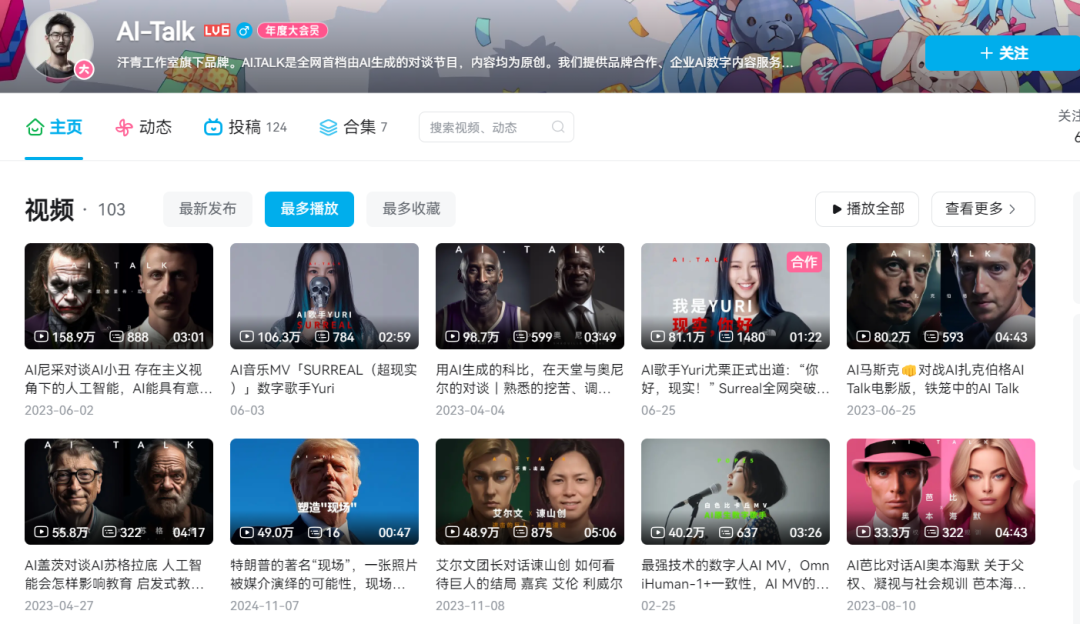
▲ AI-Talk's Bilibili homepage
After hearing his report, the boss was also shocked: "Really?" The project was naturally abandoned.
However, clients and external audiences remain immersed in the misconception that "AI makes advertising simpler," caring only about speed and pricing. Naturally, someone has to bear the burden of AI.
Leon finds himself in this sandwich layer – externally, he must constantly explain to clients why AI cannot meet their requirements; internally, he must select, repair, and correct deviations from the "AI results" submitted by his subordinates.
In the past, team collaboration involved brainstorming, inspiring each other, and refining directions. Now, he is faced with a massive amount of hollow creativity and copy produced by AI, and his work has shifted from "creativity" to "sifting through garbage information."
When a subordinate receives copy editing feedback and politely replies "Okay," only to turn around and use AI to produce a version in a very short time, the torture begins. He finds that what used to be a one-hour creative review now takes three or five hours... It seems like more creativity is coming in, but only junior employees "proficient" in using AI save time; those in charge of quality control are actually wasting time.
He increasingly feels that AI is squeezing the strong. He is no longer "managing" a team but filling in the gaps created by AI.
Another colleague of Leon's, who has a more straightforward personality, would directly shout: "This time, no one should use these things again; throw them all away." This simplifies matters.
In Leon's observation, newcomers to the industry are more greatly affected. They skip the process of thinking, refining, and grinding out creativity and drafts, directly feeding AI images, revisions, and creativity. They can produce ten items in a day and revise them eight times, but in the end, it's still a pile of garbage. Some don't even verify the accuracy of the information provided by AI – for example, a project claims "12 billion exposures," and they don't even question, "What's the concept of 12 billion? All Chinese people frantically refreshing ten times! How much traffic do we need to invest to achieve this effect?"
When someone relies on AI from the start of their career without practicing "profound skills," by the time they reach 30, they won't have those muscle memories. "Not only will they lose creativity, but they won't even have a source of thinking."
In this way, the creative barriers, professional thresholds, and collaboration systems painstakingly established by the advertising industry over the past hundred years are being gradually eroded by "fake creativity" and "quick delivery." It can even be said that AI is destroying a batch of newcomers to the industry.
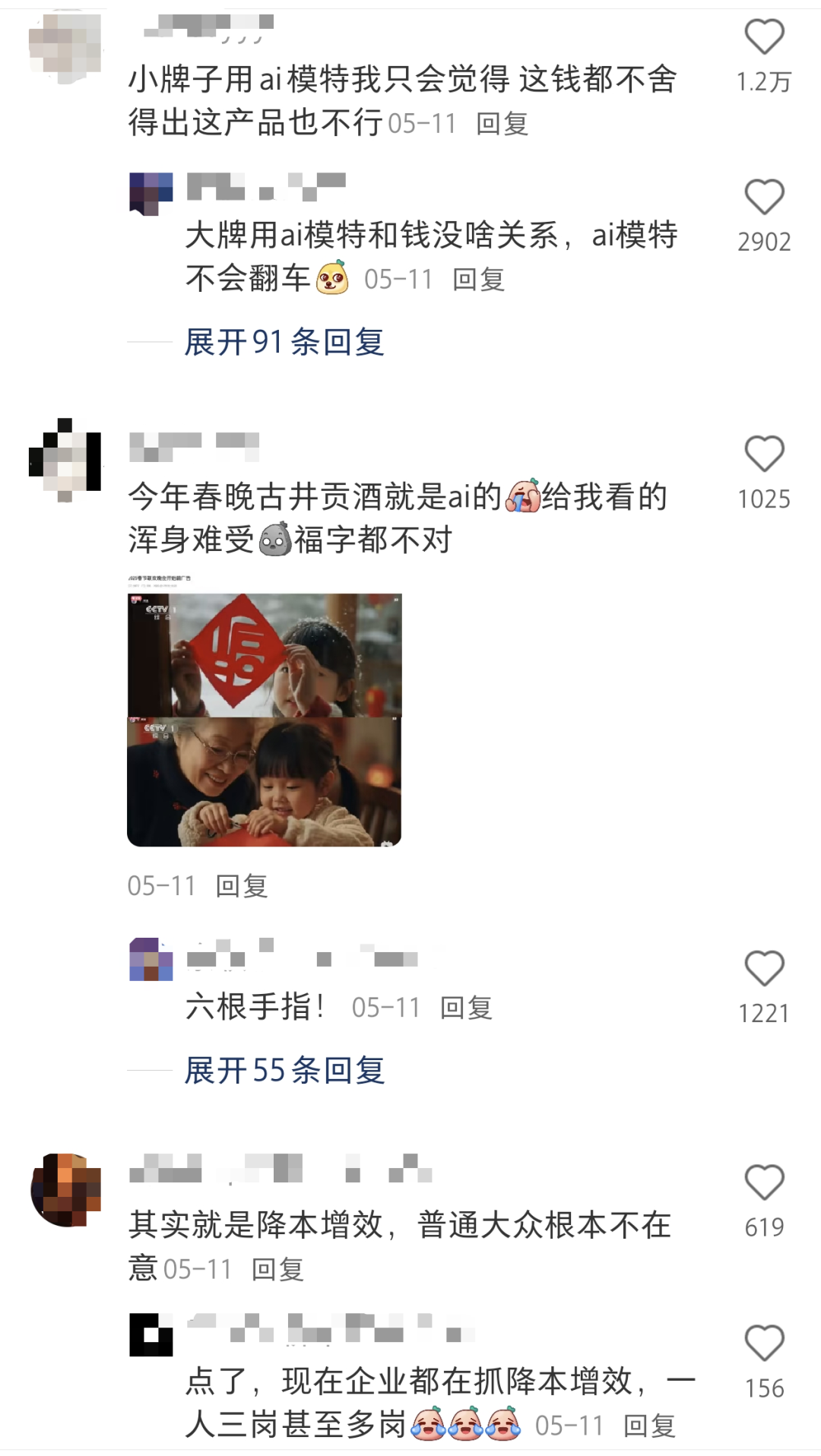
▲ Discussions about AI advertising on Xiaohongshu
And this is far from just a problem in the advertising industry; it is a reality faced by the entire workplace. To some extent, because bosses, society, and work are pressuring them, this generation of young people seems to have more reason to choose to abandon thinking.
What worries Leon even more is that AI has become so simplified that it makes people abandon aesthetics. Previously, the advertising industry disdained behaviors like image theft that lacked copyright awareness, but at least the image thieves had a basic understanding and recognition of the image's beauty. Now, since there is no copyright and no money to buy it, people simply lower their standards and use AI to casually create something. That's why many people find that reading text or viewing aesthetically related content is becoming increasingly uninteresting.
"Machines are assembly lines and mass-produced; they can't help you be meticulous. But creative work requires human feelings and warmth. This is something machines can't depict."
What's more exaggerated now is that some personal experiences and social sharing are also being infiltrated by AI. For example, a friend was invited by a waiter to write a Dianping review during a meal and directly handed it over to Doubao to write; another friend who does parent-child education shared activity records on WeChat Moments, and the child in the photo had eight fingers. When he questioned the authenticity of the photo, the other party responded with a long silence.
Despite all these complaints, Leon is not an opponent of AI technology. He himself will send half-finished works to AI for inspiration when he gets stuck in creativity.
He just wants to emphasize that AI can assist in work but cannot be the entirety of work. But who cares? When the whole world is pursuing speed, if you slow down to think, you become backward.
Super Employee: The Reward for Efficient Work is More Work
In the depths of Beijing's Zhongguancun, the cold light of the display screen illuminates Zhang Xinxin's face. She taps the Enter key at her workstation, and ChatGPT smoothly outputs a version of the copy. After a quick review, she proficiently revises it – this originally belonged to the work of an administrative position.
Since she last used AI to optimize the copy for the company's mini-program, similar chores have silently been assigned to her. She is the algorithm leader of an AI medical startup. In this company of less than 100 people, the interpretation of the word "leader" is quite flexible. Model training, data processing, and project implementation are her main tasks. But PPTs, briefings, bidding materials, mentoring interns, and even a thank-you letter for a winning bid – as long as it has anything to do with "efficiency," it might fall on her shoulders.

▲ Image source: Still from "The Art of Pretense"
Fortunately, Xinxin does not resist these tasks and even enjoys them to some extent. The left screen runs the model, the right screen writes code; ChatGPT generates project descriptions in the background, and she modifies them in the foreground; another screen synchronizes the interns' daily reports and project task lists.
"There's a great sense of accomplishment when working. Sometimes, the code writing gets smoother and smoother, reaching a state of flow, and I end up doing more and more, staying up late or working through the weekend." Xinxin says her overtime is purely "voluntary" because every improvement in the capabilities of the underlying large model or a newly launched, useful AI programming tool doubles the joy of work.
Xinxin first encountered AI in early 2023, shortly after GPT-4 was released and the industry was just being ignited. Prompt engineers hadn't yet become a joke of high opening and low closing; she had already integrated AI into her workflow.
Initially, it was for copy editing, then code comments, client needs breakdown, and eventually the reconstruction of the entire project flow. After AI compressed project cycles, she had more time to do more things. A project originally planned to be completed in two weeks could be advanced by 80% in a day with overtime.
She arranged the rest of her time herself: either reading literature, writing papers, or handling other miscellaneous items. After reporting progress during the weekly meeting, new work projects would come in the following week.
She habitually regards each AI upgrade as an opportunity to increase efficiency. In her eyes, being idle is the most dangerous state, "There are only two possibilities when I'm idle – I've been outpaced, or the company is about to go under."
This strong sense of crisis may be related to Xinxin's life trajectory. She comes from Jiaozuo, Henan, a fourth-tier city. At the age of 18, she prepared for the exams in a small house shared by three generations of her family. Later, with perseverance, she went all the way to take the graduate entrance examination. After graduation, she first joined Life Singularity and then entered the top AI platform, the Institute for AI Industry Research (IIAIR), before moving on to an AI startup. Now, at 30, she can handle things independently.
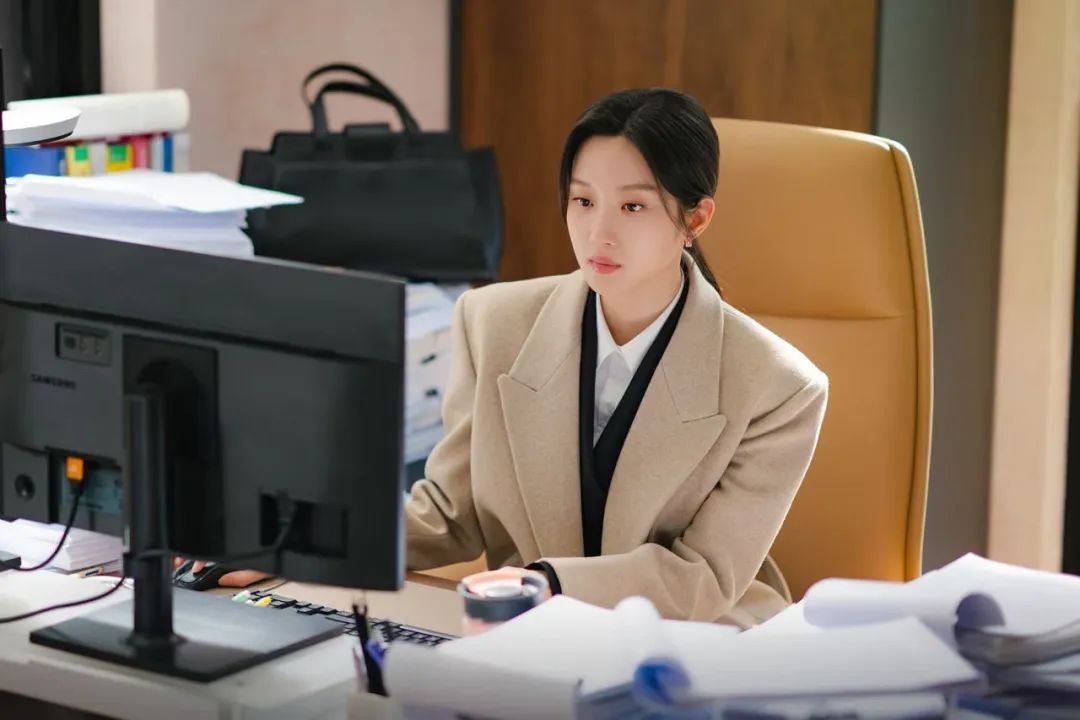
▲ Image source: Still from "Yeoksadong"
At the same time, the heavy mortgage in Beijing and the "35-year-old red line" are like two invisible countdown timers. The focus of her life has always revolved around work. She used to occasionally knit, but now, apart from eating and sleeping, it's all work, with occasional phone browsing at most.
In terms of performance, Xinxin has naturally become the company's Top 1. In the four years since she joined the workforce, she has transformed from a newcomer to a backbone leading projects.
She says that AI will not replace humans, but those who use AI will replace those who don't.
As AI tools iterate rapidly, her pace is also getting faster, and her task list is getting longer.
Guangzhou E-commerce Boss: Without AI, the Company Would "Die"
Last October, Tang Chengjia gritted his teeth and made a decision: to invest 300,000 yuan to form an AI team within the company.
"It's not to follow the trend; it's that if we don't do this, the company will die," he said.
Tang is a veteran in the live streaming industry, specializing in plus-size women's clothing and one of the top merchants that rose early on live streaming e-commerce platforms. During its peak period, one live stream attracted over 7 million views, and the team quickly expanded to nearly 100 people. However, starting from the second half of last year, the company experienced consecutive losses for two to three months. He was well aware that for e-commerce companies like theirs, losing money for four to five months basically meant going out of business.
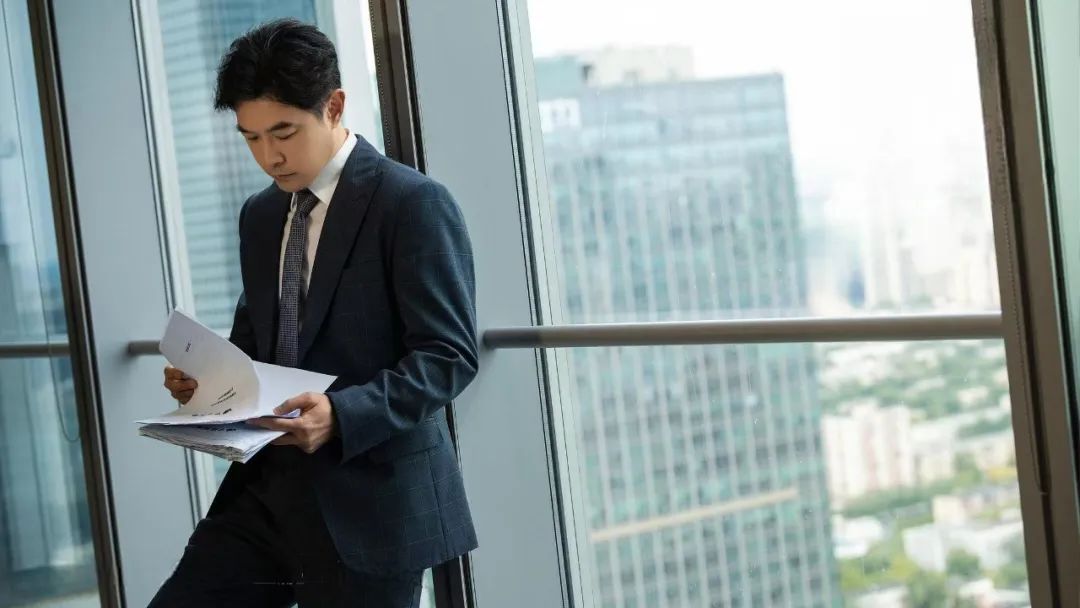
▲ Image source: Still from "The Art of Pretense"
"The overall market for live streaming is declining, sales are falling, return rates are soaring, and both profits and user experience are declining," he said. Relying solely on anchors' hard selling and the operation team working overtime to produce content was no longer sustainable.
Only then did he turn his focus to AI. Initially, he intended to purchase off-the-shelf AI tools, but after testing mainstream products, he found them impractical and unusable. Ultimately, he decided to build his own.
Upon forming the AI team, he did not confine AI to conventional applications like content creation or visual design. Instead, he aimed to revamp the company's core operations, deeply integrating AI into various business segments: content, operations, human resources, finance, administration, customer service, data analysis, and more. Almost every role and process that could be standardized underwent a thorough reassessment and redesign, with automation and process optimization wherever feasible.
For instance, a content operator in the company now needs to post 70 Xiaohongshu entries, 14 community articles, and 2 videos each morning – a task that previously required two to three people a day before the widespread adoption of AI.
Tang himself also maximizes AI's use in his work, employing it to summarize meeting reports, track project progress, design questions for managers, and even manage external business collaborations by feeding PDFs and public account articles into a large model, which then identifies cooperation opportunities, extracts key points, and automatically generates a proposal for him to forward with a single click. He remarked, "AI understands our business better than I do."
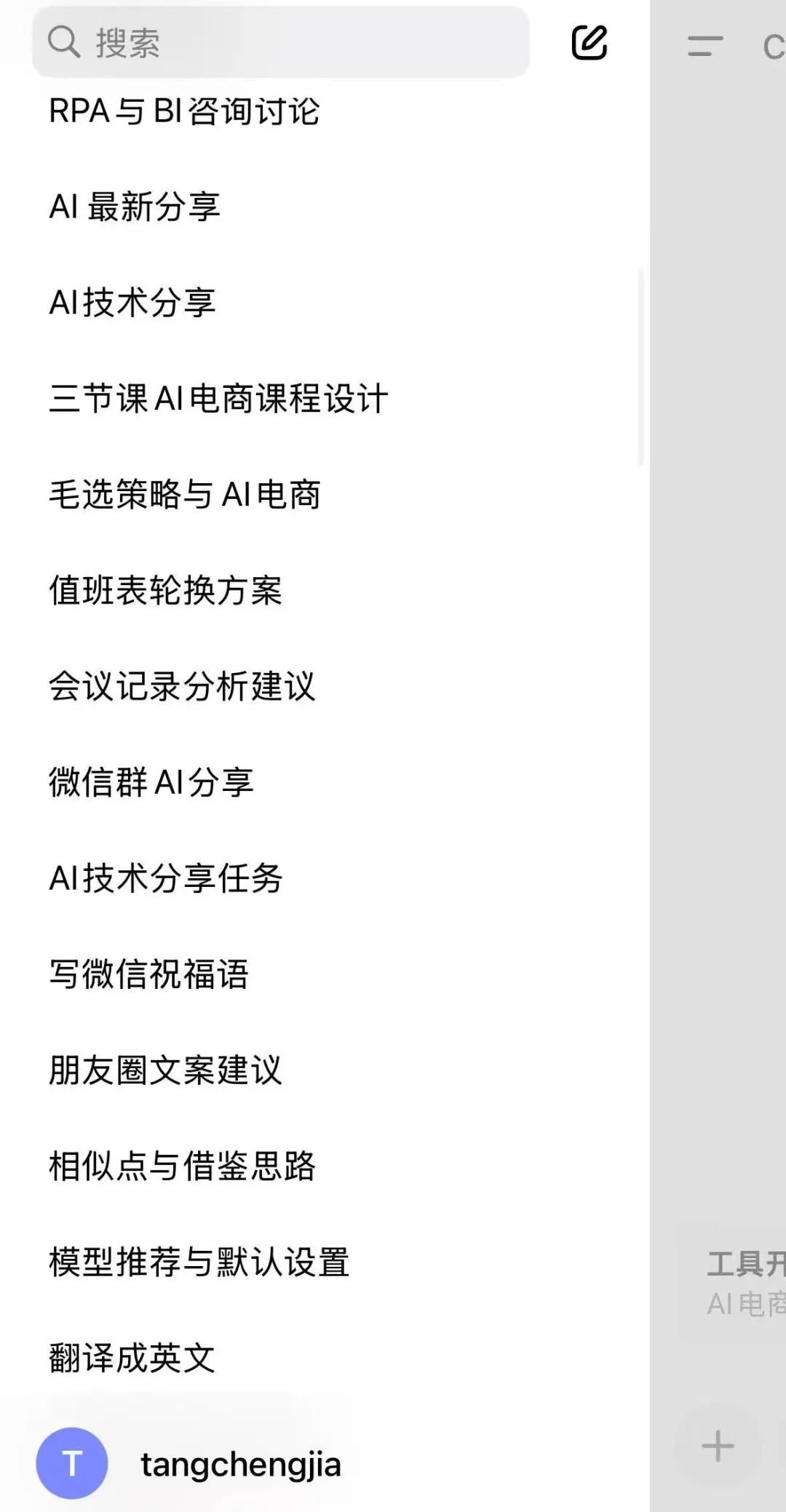
▲Tang Chengjia's AI software usage record
Within six months, the company's staff was reduced from 80 to fewer than 20, and backend labor costs were compressed from an average of 600,000 yuan per month to 150,000 yuan. The team maintained its previous business volume, and per capita GMV even saw a slight increase. The AI team even ventured into external To B projects, initially achieving profitability.
However, he recognizes this as a temporary reprieve, with the real transformation just beginning. He aims to establish a replicable and sustainable AI combat system.
While AI has kept the company afloat, it has subtly altered the role of "people." Tang now prefers recruiting fresh graduates, not just because they are cost-effective but also because they are "like a blank canvas, easily trainable." He values learning ability and information absorption speed, with a prestigious university background serving as an added advantage. He even conducted a test, training five newcomers in AI to see if they could reach the efficiency of "five years of work" within two months.
Reportedly, four of them succeeded.
Conversely, many skilled but "unwilling to adapt" older employees chose to leave.
In his view, this is not an issue with evaluation criteria. The company can only retain a limited number of employees. "If you can't use AI, you simply won't be able to handle all these tasks," he noted.
(At the request of the interviewee, Leon is a pseudonym)








